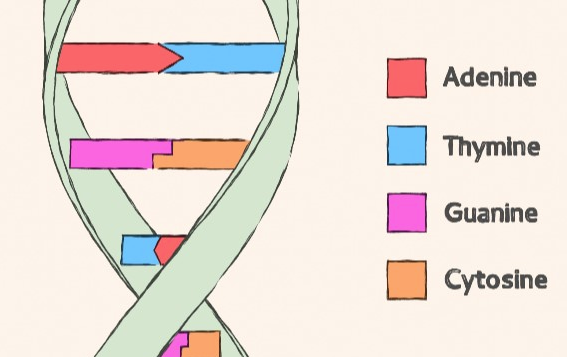The structure of Mercury selenide
Description
Mercury selenide (HgSe; sometimes mercury(II) selenide) is a chemical compound of Mercury and selenium. The lattice constant is 0.608 nm. HgSe is a grey-black solid with a zincblende structure. It is sometimes referred to as “Tiemanite.” Unlike mercuric sulfide, HgSe is non-toxic: Mercury detoxication is permitted by its interaction with selenium (Se), which transforms the toxic methylMercury into chemically inert Mercury selenide[1].
Chemical property
There is considerable controversy about the electronic structure of HgSe. A Fourier transform spectroscopy study by Von Truchse et al. demonstrated that HgSe is a semimetal with an inverted type electronic-band structure. Based on the QSGW approach, Svane et al. confirmed the inverted band structure of HgSe with Γ6 lying below Γ8. Virot et al. studied the topological surface state of HgSe using density-functional electronic-structure calculations; the results indicated that any possible Dirac point must appear at Γ for the passivated surface of HgSe.

Mercury selenide is an IIB-VIA compound semiconductors that have narrow energy gaps. These are being investigated as intrinsic photon-detecting materials for long-wavelength infrared radiation. Zhuse has reported that the direct gap of HgSe is 0.12 eV, although Strauss and Harman suggest it is a semimetal with a band overlap of O-1 eV. Wright et al. indicate a direct gap of 0.2 eV, whereas Blue and Kruse find the gap equal to or greater than approximately 0.10 eV. Optical studies at Battelle Memorial Institute show that the absorption edge lies in the 10-15μ interval and depends on carrier concentration[2].
Application
In some steel plants, Se is also a filter to remove Mercury from exhaust fumes. This crystalline grey-black material is used in solar cells, transistors, hall sensors, and infrared photodetectors. Additionally, it serves as an ohmic contact to wide-gap II-VI semiconductors, such as zinc oxide and selenium.
References
[1] el houda Habibes, Nour et al. “Electronic and Optical Properties of Mn-Doped HgSe Topological Insulator for Spintronic Devices.” ECS Journal of Solid State Science and Technology 1085 (2024).
[2] P.W. Kruse. “Long wavelength photoeffects in mercury selenide, mercury telluride, and mercury telluride-cadmium telluride.” Infrared physics 2 1 (1962): Pages 53-60.


